
Market Insight
Market Insight courtesy of Argus Media

Market Insight courtesy of Argus Media
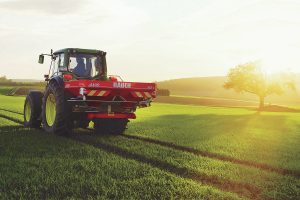
Dr Heike Thie l and Dr Wilm Fecke of K+S Minerals and Agriculture GmbH outline how better nutrient management can reduce potato yield losses during lengthy dry spells – and make better use of the available water.
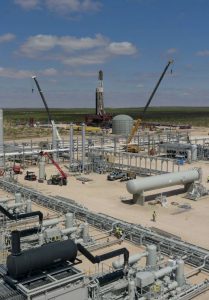
China’s private sector Shenghong Petrochemical refining complex is targeting a startup in late November, following the receipt of its first cargo of crude in October. The greenfield refining complex in the eastern Lianyungang petrochemical zone has a capacity of 16 million t/a, including a 320,000 bbl/d crude unit – the largest single stream CDU in China – and a 76,000 bbl/d naphtha reformer. Product capacities include 56,000 bbl/d of gasoline, 41,000 bbl/d of diesel and 32,000 bbl/d of jet fuel. Construction began in mid-2019, delayed from 2018 by late approval of its environmental impact assessment, but has been achieved within two months of the scheduled completion date in spite of the coronavirus pandemic. Shenghong Petrochemical is owned by Eastern Shenghong, a producer of petrochemical products and chemical fibres.
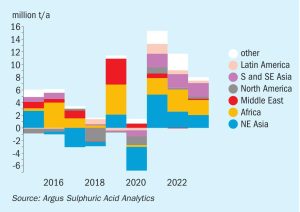
Meena Chauhan, Head of Sulphur and Sulphuric Acid Research, Argus Media, assesses price trends and the market outlook for sulphur.
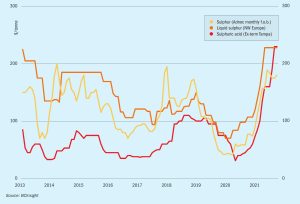
A seasonal decline in weather conditions in the eastern Atlantic will hinder operations at Jorf Lasfar in Morocco through the end of 2021 and into 2022. In South Africa, port congestion problems were challenging at Richard’s Bay with vessels subjected to 15 day wait times, increasing demurrage costs.
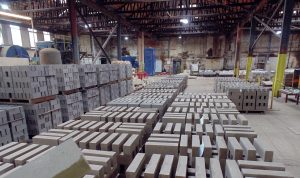
As sulphur recovery units operate at progressively higher temperatures, creep stress in the furnace refractory lining can lead to deformation or even failure of the bricks and require the shutdown of the SRU. UK-based DSF Refractories have developed a product which minimises creep stress damage at high temperatures, for a longer-lived furnace lining.
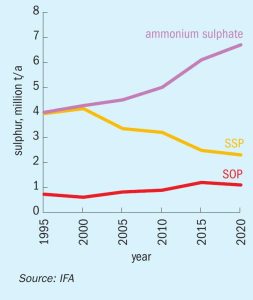
Sulphur is becoming an increasingly important crop nutrient, due to a combination of lower airborne sulphur emissions, the increasing prevalence of high analysis fertilizers, and higher cropping intensities.
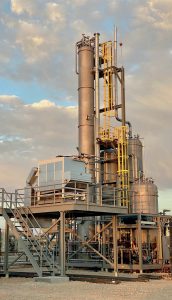
The Valkyrie™ process was first introduced as a reborn version of redox technology for treating H2 S in natural gas processing.In this article Streamline Innovations Inc. highlights some of the new developments and successful applications of the Valkyrie process and its redox technology, in both gas and water streams.
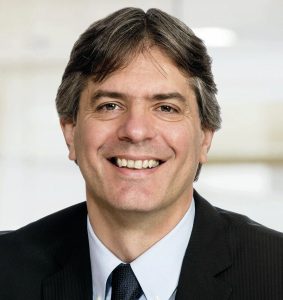
Anglo American plc has announced a number of senior leadership changes. Seamus French has decided to leave Anglo American at the end of 2021 after 14 years with the company and will be replaced as CEO of Bulk Commodities by Themba Mkhwanazi , currently CEO of Kumba Iron Ore. Mpumi Zikalala , currently managing director of De Beers Managed Operations, has been appointed as CEO of Kumba. Both appointments will take effect on 1st January 2022. Mpumi’s successor at De Beers Managed Operations will be confirmed in due course.
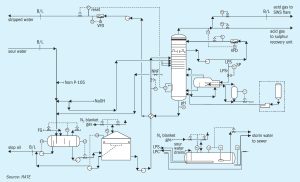
M. Rameshni and S. Santo of RATE discuss different sour water stripping gas processing options, depending on contaminants in the sour water streams and site-specific requirements.